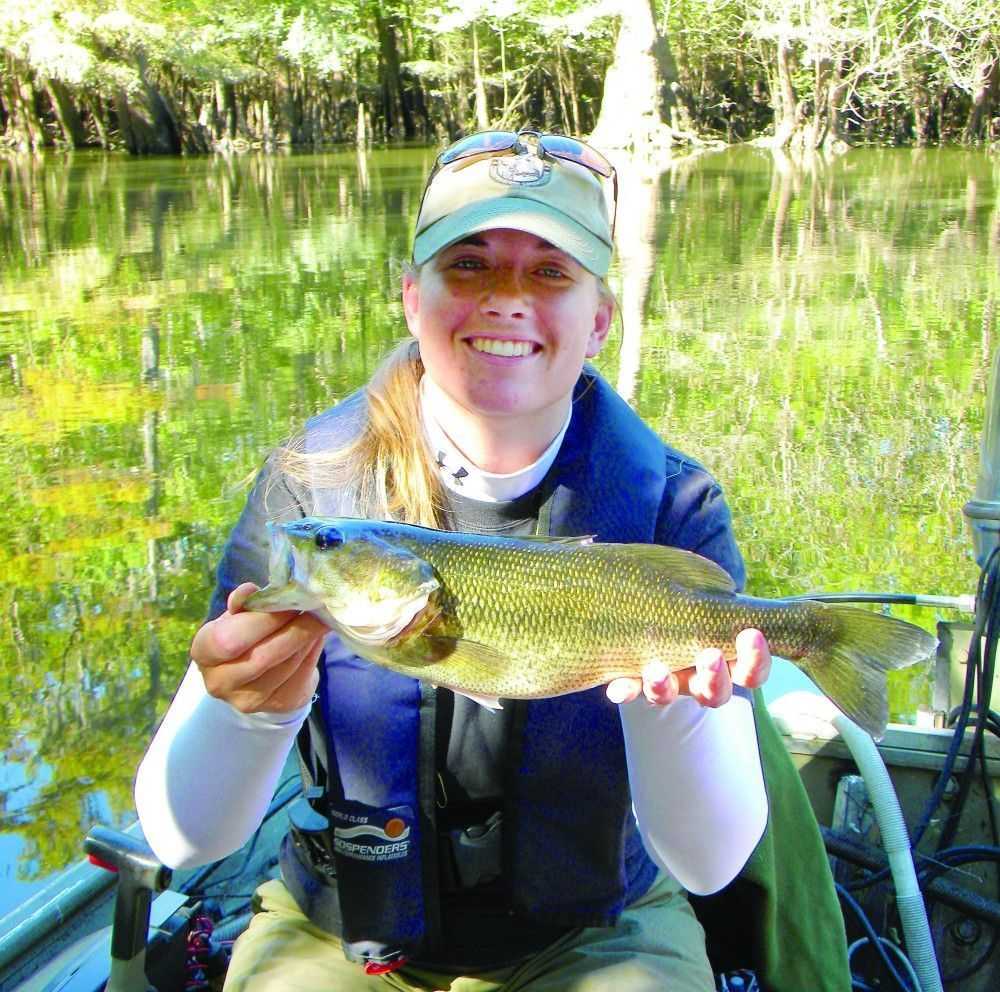Black Bass Fishing Plan Yielding Angler Benefits
By Bob Wattendorf
Almost five years ago, FWC approved the Florida Black Bass Management Plan, and since that time progress has been made in all four major areas targeted: new opportunities, habitat management, fish management and human dimensions.
New opportunities: Fellsmere Water Management Area is on its way to becoming a 10,000-acre bass hotspot. Following construction of boat launching facilities, planting of desirable aquatic plants and bottom sculpting to create dropoffs, islands and other habitat, the St. Johns River Water Management District is allowing the reservoir to fill. More than a million fingerling-sized bass will be stocked. In the near future Fellsmere should become one of the best bass fisheries in the country. Fellsmere is adjacent to the world-renowned Farm 13/Stick Marsh bass fishery, making the area a desirable destination for anglers.
Habitat management: Another key element of the plan is a new Hydrilla Position Statement. It allows for hydrilla to be managed on a waterbody-specific basis.
Habitat work also continues statewide, using grants to implement a variety of projects, including drawdowns and dredging to remove muck, and other strategies. In addition, FWC staff and partners are adding popular fish attractors or gravel spawning beds to enhance recreational fishing.
Fish management: Fish stocking, along with ongoing research to increase survival of fish, is a prime example of this aspect of the plan. The Florida Bass Conservation Center in Sumter County and Blackwater Fish Hatchery in Santa Rosa County continue to produce quality fish for stocking public waters. Over the last five seasons nearly 19 million fish have been stocked into more than 250 public water bodies. All were recreational species, including bass, bluegill, redear sunfish, crappie, catfish, striped bass and sunshine bass.
Research is also being completed to evaluate whether angling for spawning bass (aka bed fishing) has a negative impact on natural reproduction. So far, results suggest that catching bass off their spawning beds poses little risk to a lake’s bass population in Florida.
Human dimensions: Combining fish management efforts, growing knowledge about bass biology and impacts from angler harvest with public engagement led to a complete review of current black bass regulations. This exemplifies how applying the science of human dimensions benefits anglers and fisheries.
The plan’s signature new program TrophyCatch has completed its third year and is providing fisheries managers and researchers valuable information. TrophyCatch is a citizen-science approach to encourage catching, documenting and releasing largemouth bass over 8 pounds. TrophyCatch has documented release of more than 3,000 trophy bass back into Florida waters.
Research at the Florida Bass Conservation Center is comparing handling approaches for big bass to see how different methods affect them. Whether held vertically by the jaw, or cradled in two hands horizontally, there were no notable problems with dislocated jaws or reduced survival.
The FWC will continue to evaluate methods for handling, documenting and conserving bass to ensure the best survival possible and that increased pressure on trophy bass does not adversely impact the numbers or size of future trophy populations in Florida.
